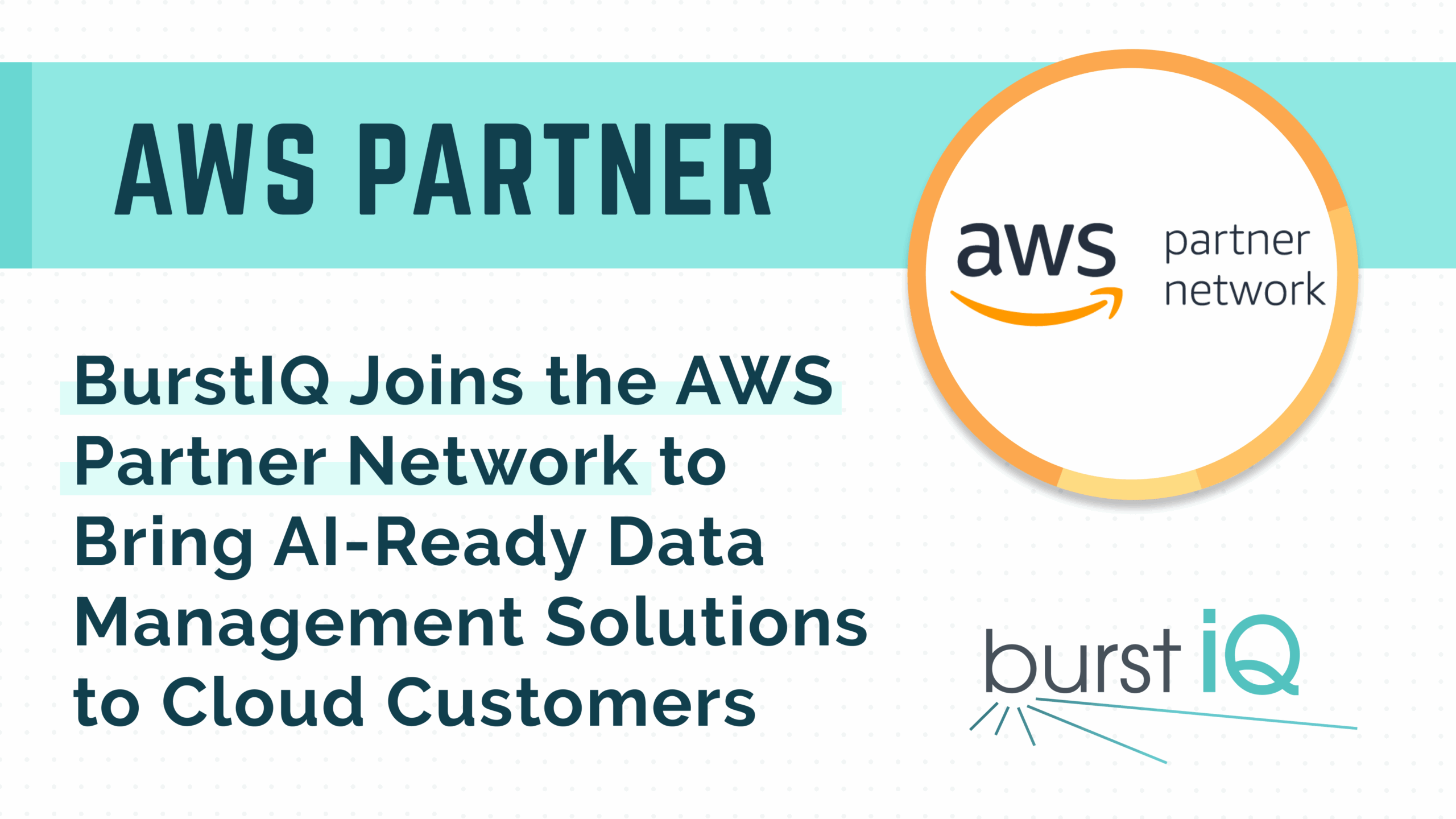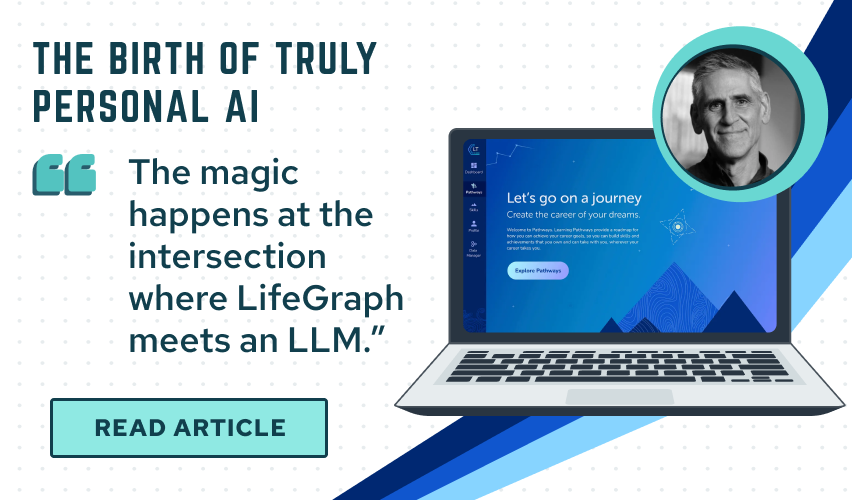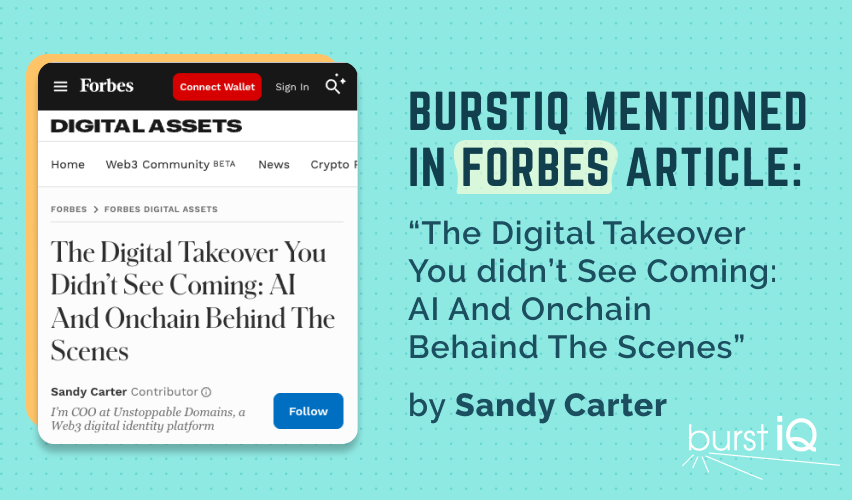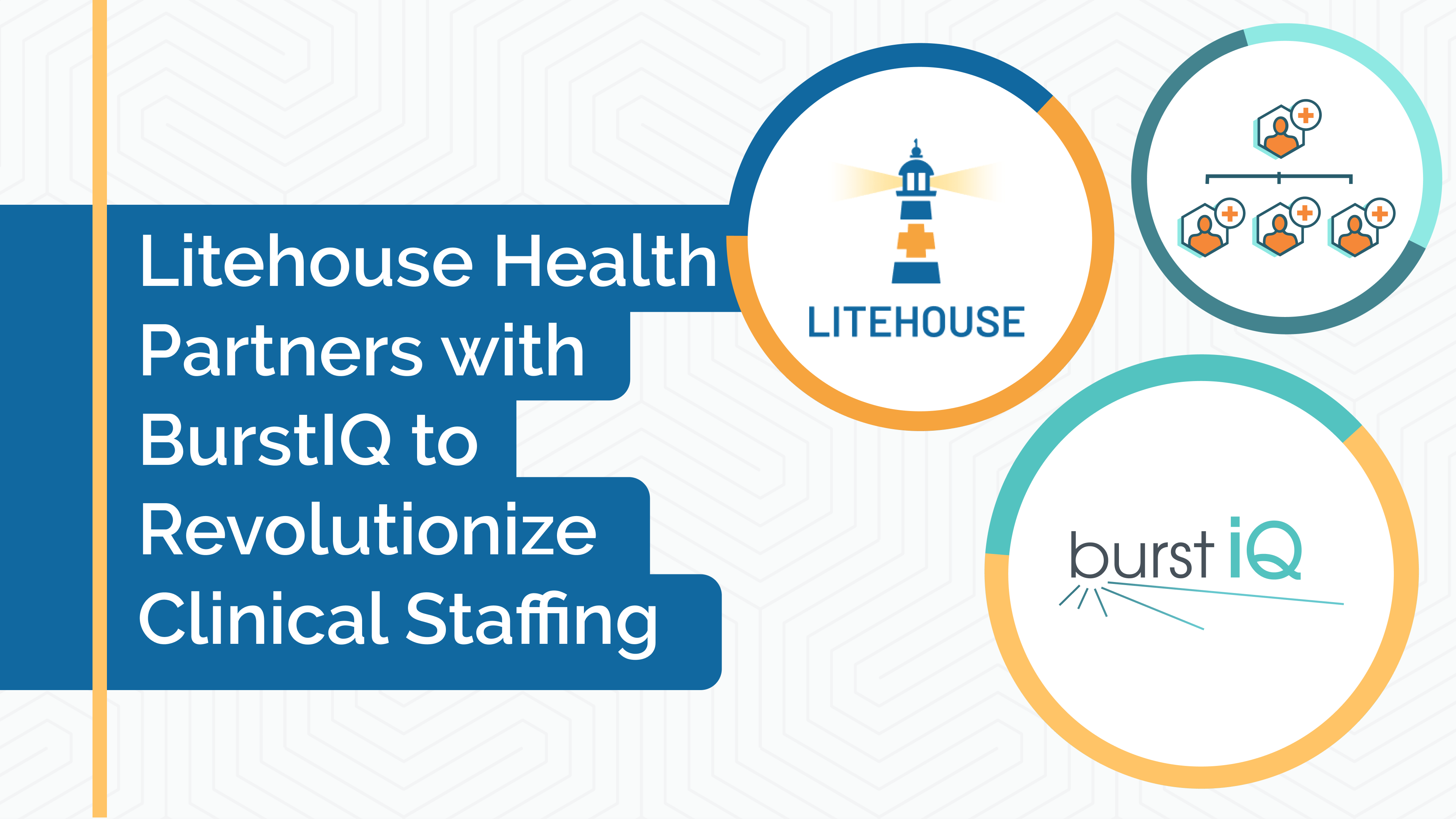Could Verifiable Credentials Be The Digital Passport We Need To Send Blockchain Soaring At Last?
Ownership of online identity has always been a hot topic of debate, but especially in 2020. A 141% increase in data breaches led to increasing worries about identity theft – a crime which, incidentally, also doubled in frequency this past year.
Whispers of digital identity have long promised to put an end to this growing issue, finally giving us control of online identities and keeping third party storage and use out of the mix. Now, as identity theft figures begin to rise and online activity branches from pleasure into business, it looks like digital identity may finally be on the horizon, and it’s all thanks to blockchain and verifiable credentials.
What is blockchain?
Put simply, a blockchain is a transactional record, or ‘digital ledger’, that’s most known for tracking cryptocurrency transactions. Each transaction within this ‘ledger’, is authorized by a digital signature which is impossible to replicate and is highly secure. As it stands, anybody can see the data within a blockchain, but they’re unable to corrupt it.
What are verifiable credentials?
To be classed as verifiable credentials, information must conform to W3C’s Verifiable Credentials Data Model. These credentials (digital signatures, digital birth certificates, etc.) then circulate in a ‘triangle of trust,’ where an issuer creates and attests credentials that go directly to a holder, who then presents them to a verifier. At this point, verifiers will typically ensure that an issuer has attested a credential by checking digital signatures against a verifiable data registry – often a blockchain. Those documents are then passed directly back to the holder, with no storage or retention of information from any other party.
What this means for digital identity
Certain setbacks have always prevented digital identity from being a reality, including –
- The need for wider blockchain adoption
- Complications surrounding national regulations
- The need for shared standards and formats
- And more
Verifiable identity directly addresses these pain points thanks to interoperable structure attestation backing from decentralized identifiers (DIDs). These DIDs are independent of any centralized register and rely on peer-reviewed cryptography or documented algorithms.
This adds a level of security and backing that the blockchain has anticipated, opening the doors for decentralized finance and access to verifiable credentials for those who don’t have physical ID. There are also strong arguments that decentralized digital identities off the back of verifiable credentials are key to safe crypto custody and uncontestable identity ownership, a fact that makes verifiable credentials within blockchain appealing to even private enterprises like ID2020 Alliance. This increased attention can lead to wider blockchain adoption and a more narrow view of what it takes to get digital identities right at long last.
“Over the last year we have seen the unleashing of a worldwide demand for digital identity solutions driven by the pandemic, the changing nature of work, and the pending release of central bank digital currencies. Digital identity is much more than a digital version of your passport, it’s a digital representation of you. For this to become a reality, we need to be in a place where we can trust the data itself, to include trusting the source. At BurstIQ, we believe blockchain combined with W3C verifiable solves this problem by creating a whole new type of data, smart data. Smart data can be shared, moved, or monetized without losing security and trust, making digital identity a reality.” -Frank Ricotta, BurstIQ CEO
A final word
At this stage, verifiable credentials are very much in the introductory phase, and it’ll be a while before this digital identity precursor finds its path. That said, as attention continues to grow alongside an increasingly worrying digital risk landscape, it’s hopeful that verifiable credentials, utilised with blockchain backing, could well be the digital passports of the future.
Read the original article on NYK Daily
About BurstIQ
BurstIQ is the leading provider of blockchain-enabled data solutions for the identity, healthcare and life sciences industries. The company’s secure data exchange network combines blockchain, multi-layered governance and best-in-class security to build multi-dimensional profiles, called LifeGraphs®, of people, places and things, and empower the connections between them. LifeGraph® Network allows organizations to manage the ownership and sharing of sensitive data, with consent, governance and process automation built in. The result is a global, secure data network that allows health systems, payers, digital health companies, pharma & life science companies and governments to collaborate, share, discover and build the impossible.
For more information visit: www.burstiq.com| Facebook| Twitter| LinkedIn| YouTube








